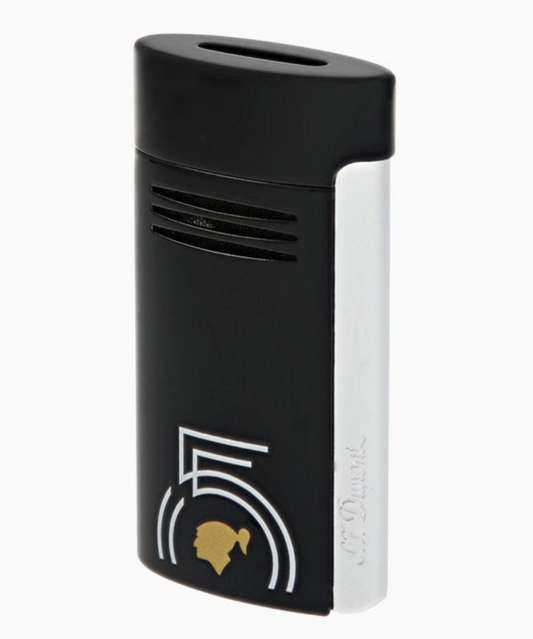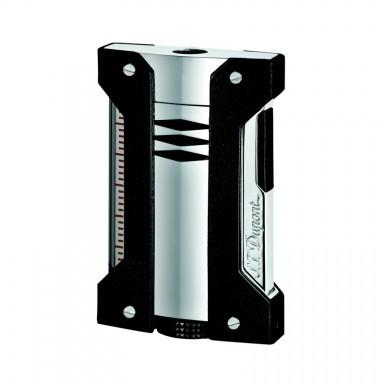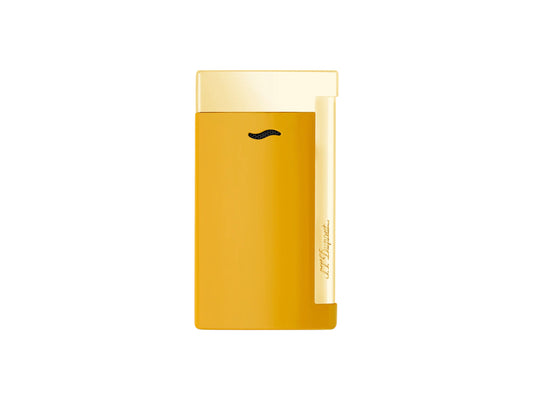Among the excellence of Made in England the Dunhill is fully included. It is not only a pipe brand, but also an entrepreneurial affair with a human flavor, witness of the English costume of the twentieth century.
When a lover of slow smoking thinks of England, he cannot help but recall the mind Dunhill pipe. Always the cradle of excellent tobacco, the "land of the angles" attracts the sympathies of smoking people also thanks to the work of Sir Alfred Dunhill, teacher of that Pipia art who, from the beginning of the 1900s to today, retains all his intrinsic elegance intact.
Background
Dunhill is not just a brand. Or rather, even before being a brand, it is the story of a self-made man; A human and professional path imbued with a romanticism such as to push to believe that dreams can adverse themselves, if you believe it enough. Always passionate tobagist, Alfred Dunhill He spends the years of youth by working with his father in the field of spare parts for cars. The world of commerce highlights its nose of business and so, at the dawn of the 1900s, Alfred decides to combine work and passion. It is 1907 when this gentleman with the vocation for the business He opens his first tobacconist shop in London, to be exact in Duke Street, in the elegant area of St James's. In a short time, the shop becomes a point of reference for all refined smokers of the time, who in Alfred Dunhill find not only a kind and expert seller, but also the friend to whom to ask for advice on pipes and tobacco. In this regard, it is said that Sir Alfred had his own very personal notebook, called “My Personal Mixure”, in which he noted the characteristics of the tobacco and the judgments on the mixtures of his invention.
Root
But the curiosities about Alfred Dunhill and his pipes do not end there. Initially he produces semi -finished products, importing from France the Radic pipe heads. Over the years, supporting his entrepreneurial spirit always open to new challenges, he decides to produce pieces completely the result of his craftsmanship and his two collaborators; To do this, he personally chooses the root, opting for that coming from North Africa and Greece.
Dunchill pipe features
Sir Alfred's work continues tirelessly until 1928, the year in which, for health reasons, the founder of the Pipia house decides to retire to private life leaving the reins of the company to his son Alfred Henry. Since then, the company has exceeded numerous moments of difficulty unscathed, especially those related to war, up to the present day in a role no longer of a family business but of companies belonging to a large one holding international. However, the evolution was not only commercial, but also technical. Just think, as an example, about disappearance frominternal Dunhill pipes ofInner Tube, that tube having an anti -clogging function, abandoned in the thirties of the last century in favor of the beloved.
Numbers: Yesterday and today
In the early years of the company, on the outside of each pipe Dunhill was impressed the year of manufacture, which allowed to identify it the beginning of the guarantee, of annual duration. Dunhill currently on the market is no longer impressed on the market, and this has given greater collecting value to those that instead bear mention of the manufacturing year. However, the figures continue to characterize the models of the English house. In fact, each piece reports four numbers: the first indicates the size of the pipe, the second the style of the mouthpiece, the third and the fourth identify its style.
The White Spot
Unmistakable elegance and style British They are the predominant features of the Dunhill pipes. That's all? Of course not. To distinctly characterize these masterpieces is also a small white dot, known as "The White Spot". Located on the upper part of the mouthpiece, close to the grafting point, it expresses an idea gained in 1915 in the head of Sir Alfred to allow all lovers of the pipe to identify the right direction in which to insert the mouthpiece in the torch.
Billiard
There are numerous styles and collections that Dunhill makes available to satisfy the aesthetic taste of every smoking player. Some design have resisted the time, others are the fruits of modernity, but everyone testifies to the entrepreneurial intent of the founder: combining quality and beauty, offering appreciable pieces not only aesthetically but also technically. Between Various Dunhill collections, a particular nod deserves the “Billiard ", if nothing else because, given the clean, fluid, elegant and refined lines that distinguish it, it represents a model that meets the favor of all.
Types of Dunhill finishing
The final treatment of the production process of a pipe, which determines the type of surface of the latter, is called finishing. Throughout its long tradition, Dunhill has produced several pipe lines, divided according to the type of finishing, among which we find:
- Bruyere - characterized by a very dark reddish color. Until 1975, on the side of the torch he had engraved an A, to indicate a "better quality". From his creation in 1910, he was the only type of Dunhill finishing, at least until 1917.
- Shell – Introduced on the market in 1917 and formed by Algerian double sandblasting Radic, then replaced in the early 60s by the Calabrian radical, harder. Today, the Shell line has a single sandblasting, for a more delicate and less profound result.
- Root - Introduced on the market in 1931 is characterized by a compact head, with a thick and flame grain, until 1975 it was indicated with an en incised on the torch. This line is available in the Standard models, and in the more expensive and precious XL ones.
- Tanshell - Dating back to 1952, Tanshell has no deep engravings and is characterized by a soft and delicate grain to the touch, of clear sandy harsh root.
- Redbark - From 1972, a reddish sandblast, he returned to the market with the name of Ruby Bark in 2007, with a smooth silver ring.
- Black Brriar - Introduced on the market in 1973 is considered an "evening" line thanks to its elegant and refined finish.
- Cumberland – Introduced in 1979 with the edge of the shiny smooth stove, today it brings one sometimes smooth and sometimes sandblasted. It is characterized by a striped mouthpiece in brown, red or ancient pink and is sandblasted brown.
- Chestnut – It dates back to 1983, it is similar to cumberland for dye and colors, but has a smooth finish.
- County – Produced since 1986 and returned to production in 2005, the County line is a clear brown sandy with Bocchino Cumberland.
- Russet - It is a smooth dark red pipe, introduced in 1988 but no longer produced currently.
- Amber Root - introduced in 1995 is a nice dark orange with black mouthpiece, even if it was originally a Cumberland. This line is also available with "Amberflame" marked flames.
Not just English tobacconists
Style icons, witnesses of the twentieth -century European history and costume, the Dunhill pipes constitute a must have For each lover of slow smoke. But beyond the aesthetic, do our desire to smoke also satisfy? Here the debate is open and varied, articulating itself in a plurality of all legitimate and respectable opinions. There are those who consider the Dunhill pipes capable of best enhancing the English Mixutures; Conversely, others identify them as a suitable tool for giving pleasant smokes whatever the tobacco used. Certainly, however, it is undeniable that Dunhill pipes are distinguished to offer moments of intense pleasure. The perfect symmetry of the construction allows the tobacco to never go out; The internal structure is so reliable that it does not fear humidity changes and that it prevent the formation of that annoying acquerugal.
Buying a Dunhill pipe is not an experience like many others. By history, evocative ability, beauty and quality, buying a Dunhill pipe means bringing home a tangible sign of the best human and entrepreneurial spirit, the one capable of resisting the oblivion of time and the corrosion of postmodern decadentism.







